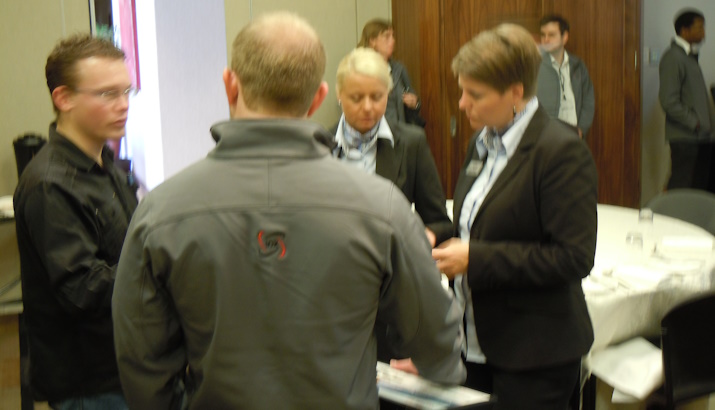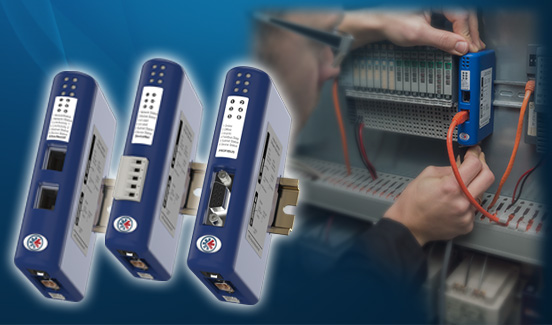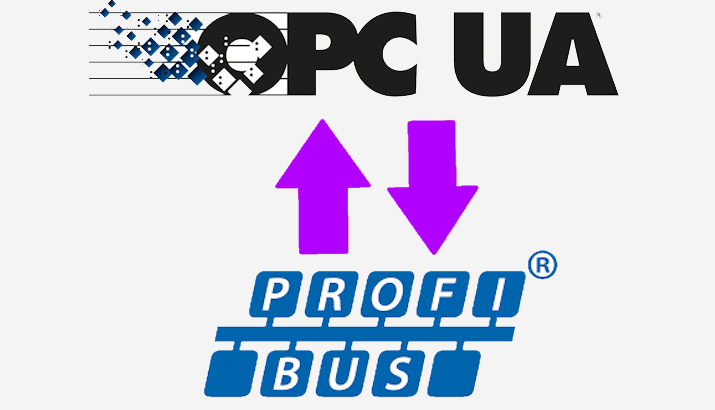
by IDX Team | Sep 13, 2010 | IDX News
Due to the fact that we are mainly left-brain thinkers at IDX (what else can you expect from a bunch of electrical and IT engineers), we are having a slight dilemma finding a name for our new solution. Currently, it has the name “IDX Brick” but we think it needs a lot...

by Brendan Gunn | Sep 9, 2010 | Ewon Netbiter, IDX News, Permanent Monitoring, Products, Solutions
IDX recently hosted our first breakfast targeted at the upcoming range of Anybus products available as well as some of the current products that are offered by HMS. Kristina Johansson (Area Sales Manager) and Henrik Arleving (NetBiter Product Manager) from HMS (in...

by IDX Team | Sep 7, 2010 | Anybus Gateway, Articles, Modbus, Products, PROFIBUS, Technologies
The ABC (Anybus Communicator) is a device that translates from serial communication to different fieldbus languages. By default, it is a Modbus master on one end and converts this serial communication to one of the numerous fieldbus options (Profibus, DeviceNet,...

by IDX Team | Sep 6, 2010 | Case Studies, Data Exchange, PROFIBUS, Solutions
So I have been bugged by my colleagues to get this post out into the world. Now as an engineer the last thing on my to-do list (as most engineers) is documentation and I’ll be honest, blogging wasn’t even on my list, so this is a big step for me… I trust...

by IDX Team | Sep 3, 2010 | IDX News, Training
IDX now has a 1 day end-user training course for the end user who wants to become competent in OPC. The course starts by covering the basics of OPC, then moves on to the details of the different types of OPC, how they differ, how to use them and where they fit in on...






